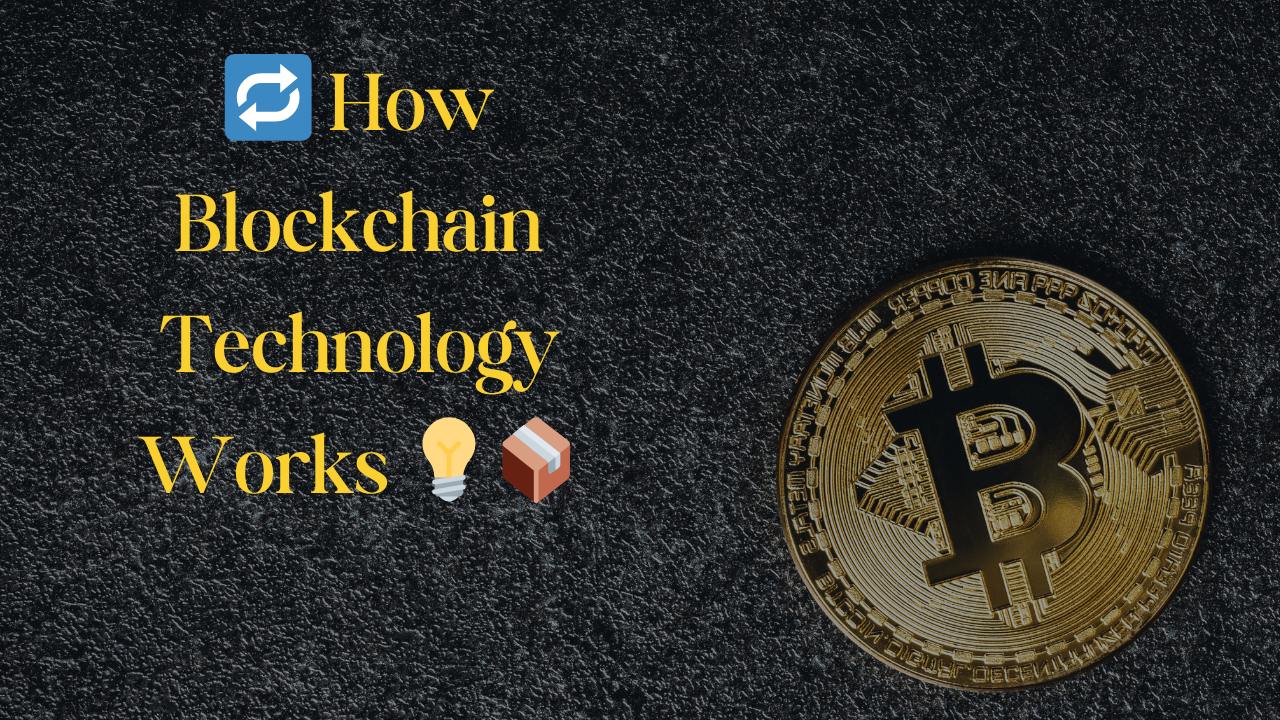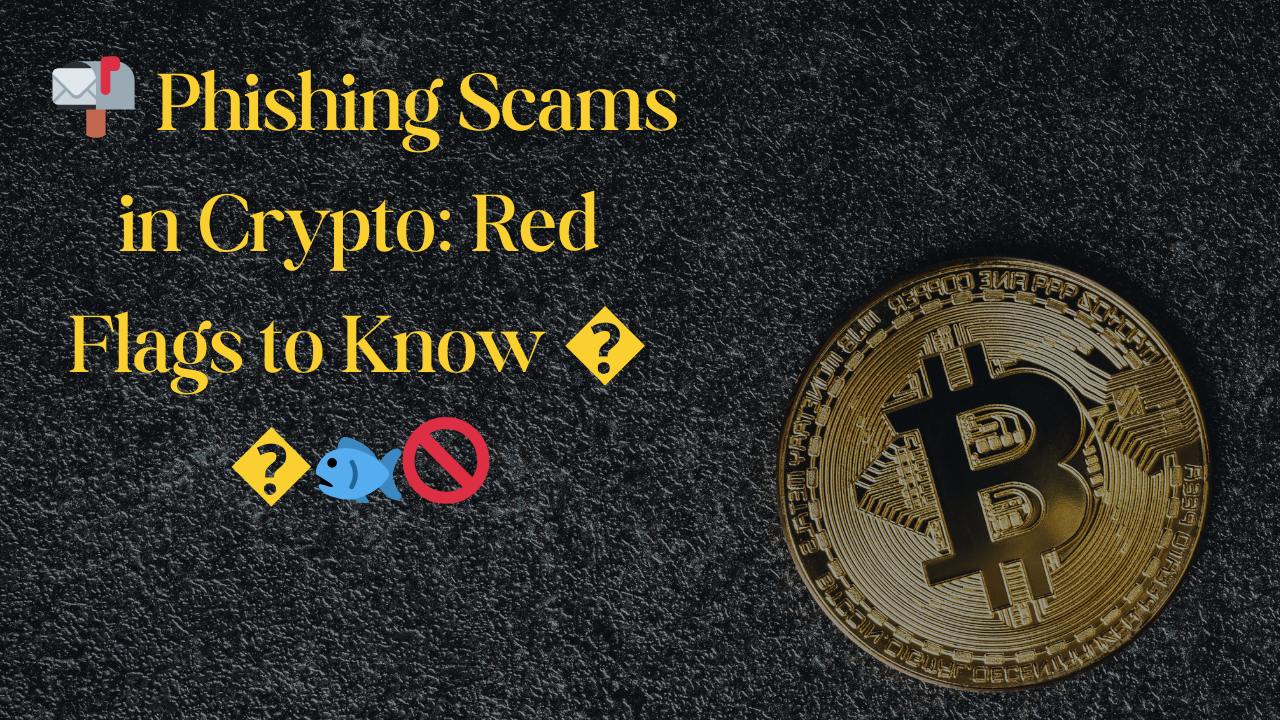🔁 How Blockchain Technology Works 💡📦
2025-04-02 22:48:58.072 +0000 UTC

🔁 How Blockchain Technology Works
Blockchain is one of the most revolutionary technologies of the 21st century. 🌐 Yet many people still ask, "What exactly is blockchain, and how does it work?" In this guide, we’ll break it down in the simplest terms—using clear examples, relatable analogies, and of course, plenty of emojis! 🤓💡
📦 What Is a Blockchain?
A blockchain is a digital, decentralized ledger that records transactions in a secure, transparent, and tamper-proof way. Think of it as a chain of blocks—each block contains data, and the chain links them all together in a specific order. 🔗
Unlike traditional ledgers or databases managed by banks or companies, blockchains are maintained by a network of computers (called nodes) that agree on the data without needing a central authority. 💻🌍
🧱 The Structure of a Block
Each block in a blockchain typically contains three main things:
- 📜 Data: This can be transaction info, contracts, or any digital record.
- ⏱️ Timestamp: Marks when the block was created.
- 🔐 Hash: A unique digital fingerprint of the block + the hash of the previous block.
🧠 Example: Imagine a page in a notebook that records five financial transactions. That page is like a block. Once full, it’s timestamped and sealed, and a new page (block) is added behind it with a reference to the last one. 📖
🔁 How Blockchain Works (Step-by-Step)
- 📨 A user initiates a transaction (e.g., sends Bitcoin).
- 📡 The transaction is broadcast to the network.
- 🧮 Nodes validate the transaction using consensus mechanisms.
- 📦 Valid transactions are bundled into a new block.
- 🔗 The block is added to the chain, referencing the previous block’s hash.
- 🌍 The updated ledger is distributed across all nodes.
⚙️ Consensus Mechanisms
Blockchains use rules to agree on the state of the ledger—called consensus mechanisms. Two major types are:
⛏️ Proof of Work (PoW)
- Used by Bitcoin and early blockchains
- Miners solve complex math problems to validate transactions
- ⛽ Requires a lot of energy
🌿 Proof of Stake (PoS)
- Used by Ethereum 2.0 and others
- Validators stake coins to propose and validate blocks
- ⚡ More energy-efficient
🔒 Why Is Blockchain Secure?
- 🧱 Each block is linked with the previous one. Changing one breaks the chain.
- 🧬 Hash functions make data tamper-evident.
- 👥 Consensus prevents unauthorized changes.
- 🌍 Data is stored across thousands of nodes—not in one place.
In short: To hack a blockchain, you’d have to alter every copy across the entire network simultaneously—a nearly impossible feat. 🛡️
🏗️ Real-World Applications of Blockchain
- 💰 Cryptocurrency: Bitcoin, Ethereum, etc.
- 📜 Smart Contracts: Auto-executing agreements
- 🚚 Supply Chain: Track goods with transparency
- 🧾 Digital Identity: Secure ID systems
- 🎨 NFTs: Digital ownership of art and media
- 📊 Voting: Transparent and secure elections
🎯 Benefits of Blockchain
- ✅ Decentralization – No single point of control
- 🔍 Transparency – Everyone can view the ledger
- 🔐 Security – Extremely difficult to tamper with
- 🚫 Censorship-resistant – No third party can block transactions
🚧 Challenges and Limitations
- ⛽ High energy usage (especially with PoW)
- 🐢 Scalability – Slower than centralized systems
- 💵 Transaction fees can be high during network congestion
- 📜 Legal and regulatory uncertainty in many countries
🔭 The Future of Blockchain
Blockchain is still in its early stages—like the internet in the 90s. Innovations are happening fast: Layer 2 solutions, cross-chain communication, and more efficient consensus models promise to make blockchain faster, cheaper, and more accessible. 🚀
Many experts believe blockchain will power the next evolution of the internet: Web3—a decentralized, user-owned web where users control their data, identity, and money. 🧠🌍
✅ Final Thoughts
Blockchain is more than just hype—it’s a groundbreaking shift in how we store, verify, and interact with digital information. Whether you're a developer, investor, or just curious, understanding how blockchain works is the first step to participating in the decentralized future. 🌐🔗
💬 Up next in the series: 🎯 Why Decentralization Matters in Crypto


